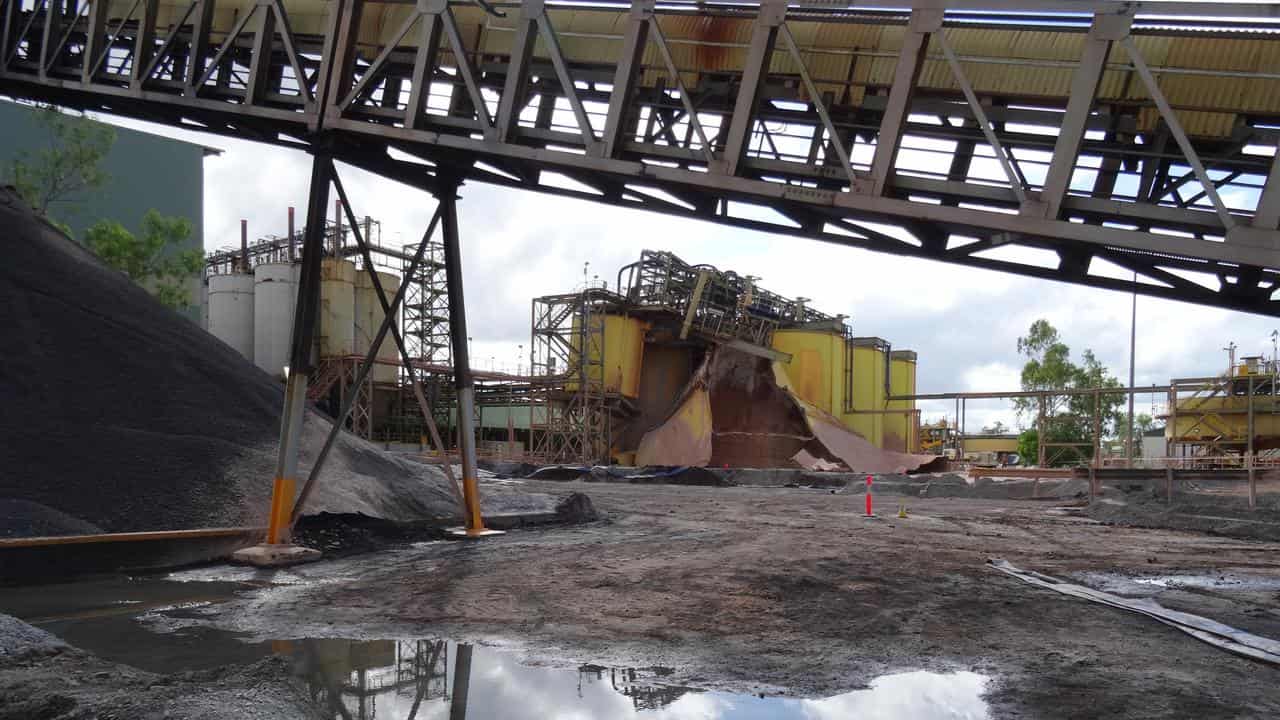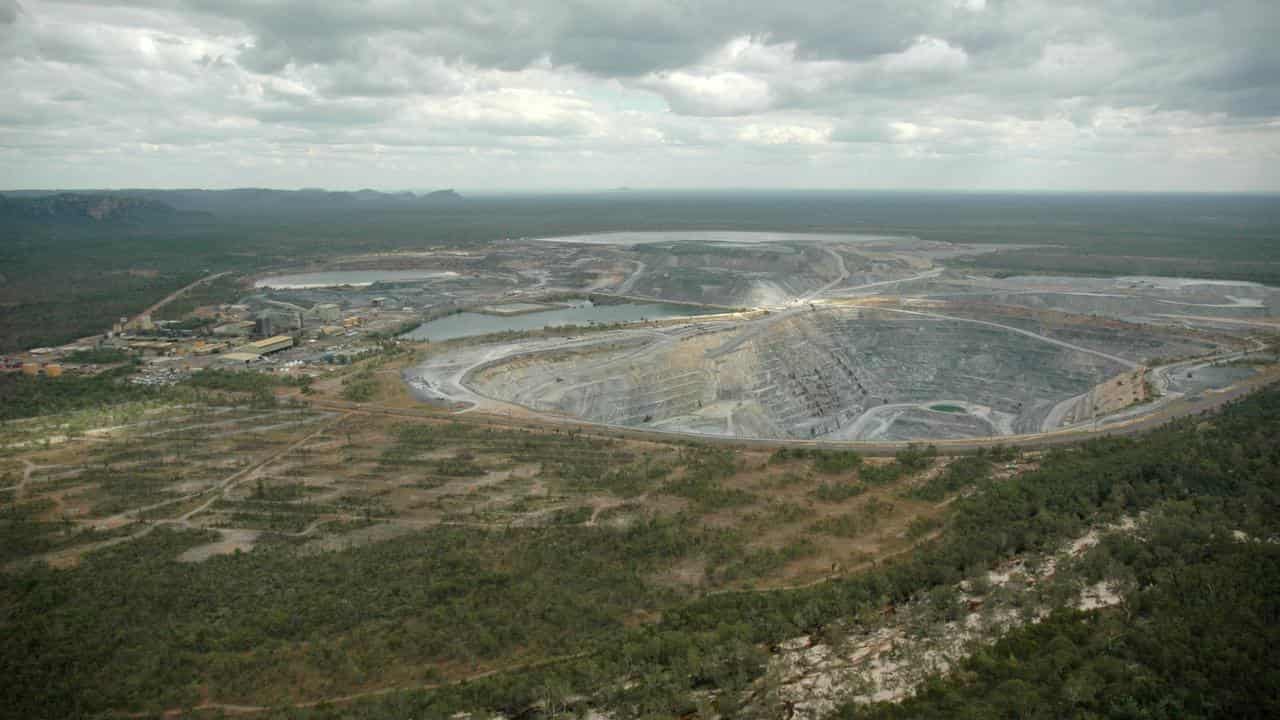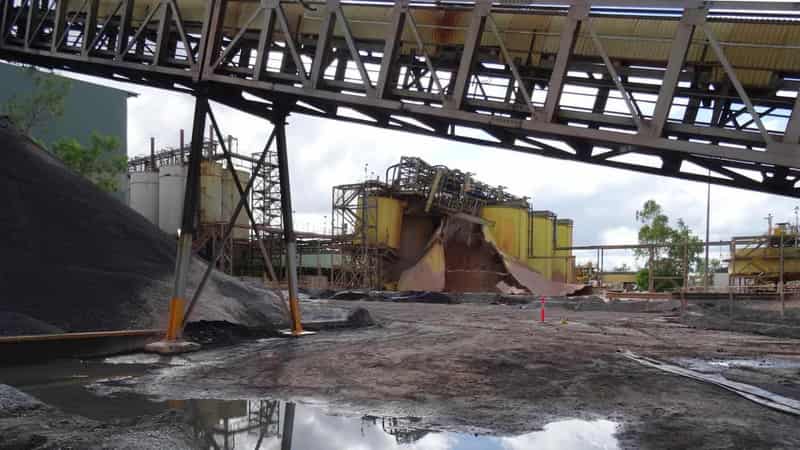
Mining giant Rio Tinto will put its money where its mouth is and get on with the job of shutting down and rehabilitating a controversial uranium mine surrounded by the World Heritage Kakadu National Park.
Rio announced it would compulsorily acquire the remaining shares it does not own in Energy Resources of Australia (ERA).
The purchase will give it full control of the Ranger uranium mine, where rehabilitation activities have already started, and the nearby Jabiluka deposit in the Northern Territory, about 300km east of Darwin.
Rio Tinto chief executive of Australia Kellie Parker said the company would rehabilitate the Ranger Project Area to a standard that would establish an environment similar to Kakadu.

"Our utmost priority and commitment is to complete this important rehabilitation project in a way that is consistent with the wishes of the Mirarr People," she told the Australian Stock Exchange on Wednesday.
“Proceeding with compulsory acquisition after participating for our full entitlement in the ERA capital raising underlines our commitment to Ranger’s rehabilitation.”
Rio said it did not intend to mine or develop the Jabiluka uranium deposit if its compulsory acquisition was completed.
The Australian Conservation Foundation welcomed the development.
“The move signals the end of decades of headlines and heartache and draws a line under the threat of future uranium mining in the World Heritage-listed Kakadu region,” campaigner Dave Sweeney said.
“The Mirarr have worked long and strong to protect their land and culture from the impacts of uranium mining and today’s news is due to their efforts.
“The rehabilitation of the Ranger site is Australia’s most costly and complex mine rehabilitation and Rio Tinto is best placed to deliver credible outcomes."
Mr Sweeney said ERA had been dragging its heels on the rehabilitation work.
“The ERA Kakadu uranium mining story has been a long one, but today there is a chance its closing chapter can become one of respect and repair," he said.

Pocked by deep holes and abandoned mining ponds, Ranger, which sits on a 79sq km site, was Australia’s longest continuous uranium mining operation.
The open-cut mine first produced uranium oxide via acid leach extraction in 1981 and the processing of stockpiled ore ended in 2021.
The uranium oxide produced has powered the world's nuclear power plants under the Atomic Energy Act that gave ownership of the resource to the Commonwealth.
The NT government lease agreement with ERA for the Jabiluka area, an as-yet undeveloped uranium deposit south of Ranger that is estimated to hold 137,100 tonnes of uranium oxide, expired in August after 42 years.
Gundjeihmi Aboriginal Corporation, Minerals Council of Australia and the NT government have been contacted for comment.









